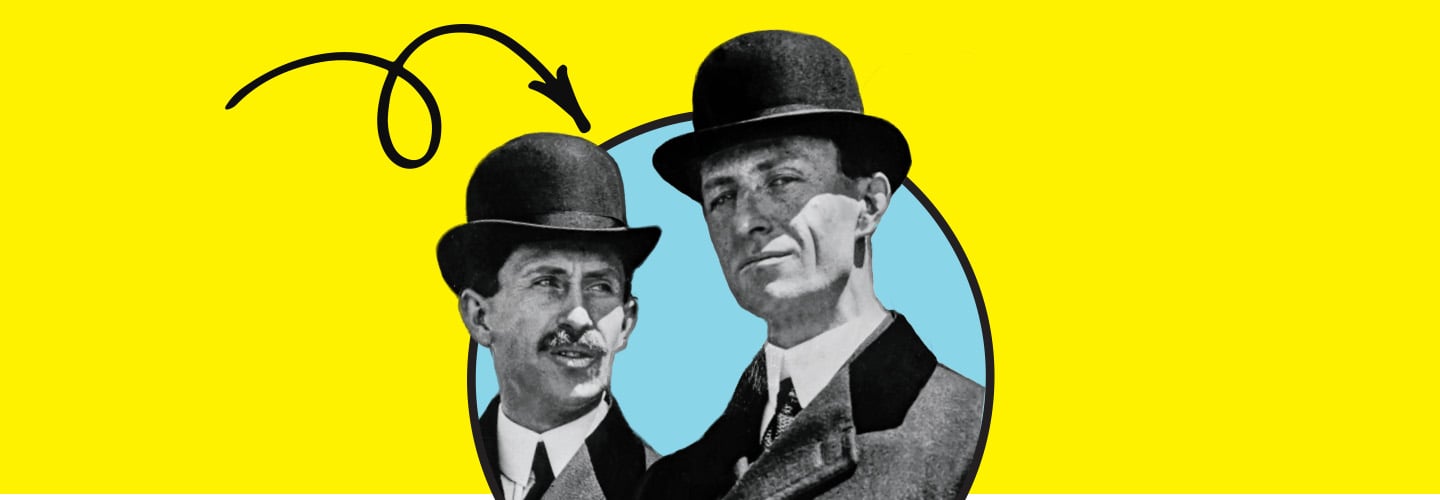A cold wind whipped across a beach in Kitty Hawk, North Carolina. It was December 17, 1903. Orville Wright slowly rose into the air in a small airplane he had built with his older brother Wilbur.
The plane, called the Wright Flyer, landed just 12 seconds later. But the moment was historic. For the first time, a pilot had flown an engine-powered aircraft.
“No one had ever done anything like that before,” says Beth Hudick. She is a park ranger at the Wright Brothers National Memorial. “It was absolutely a moment that changed history.”
Wilbur and Orville made three more flights that day, each longer than the one before it. The brothers had set a course for aviation that few could have imagined.

